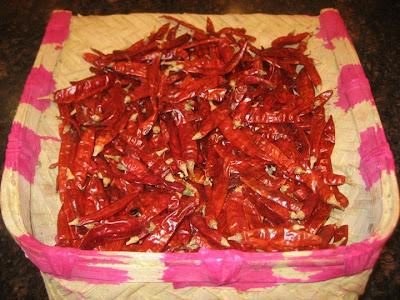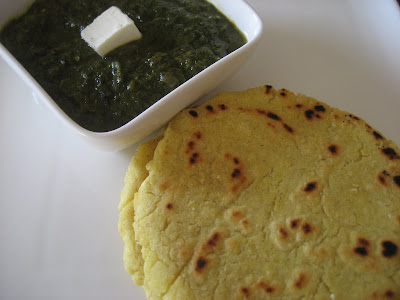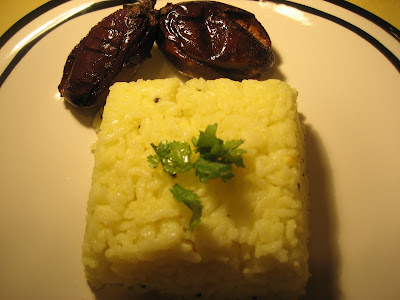
This recipe is the outcome of our recent visit to Anjappar, a chettinad restaurant which is recently opened nearby our area. It's a restaurant chain in INDIA, but we had never been to that in INDIA. MR.B loved the food in Anjappar and he didn't seem to bother his profuse sweating as he was eating. My lips were burning and I tried to rim it with the table sugar that didn't help and finally ordered a mango lassi to cool it off. Real paradise for spicy food lovers. Whenever Mr.B and my son praise outside food (basically other than my cooking), I feel somewhat jealous inside and try to enhance the same dish at home to surprise them. But many got flopped too. That's a different story. As we don't cook non-veg at home, I decided to make Chettinad Egg-Curry.
Ingredients
Eggs - 8
Onion - 1 medium finely cut
Fennel Seeds - 1/4 tsp
Curry Leaves - 3 sprigs
Coconut Milk - 1/4 cup
Tamarind - Gooseberry size
Dry Roast the following:-
Coriander seeds - 3 tbs
Cumin Seeds - 1 tsp
Fennel Seeds - 1 tsp
Black Pepper - 1 tsp
Grind the dry roasted ingredients with the following:-
Chili Powder - 2 1/2 tbs
Ginger piece - 2" piece
Garlic - 1
Shallots - 3
Turmeric - 1/4 tsp
Tomato - 1 small

Method
Hard boil the eggs, peel off the shell and make several slits on the egg with the bread knife and keep it aside. Take oil in a heavy bottomed pan. Add fennel seeds, cinnamon stick to the pan and fry it for a min. Add the onions, curry leaves to the pan and Sauté till the onions become nice golden brown. Add the ground paste and salt to the pan and keep Sautéing till the oil oozes out to the sides. Add the tamarind pulp and water (added about 1/2 cup) according to your consistency
and let it boil for 5 mts or till the raw smell goes. Add the coconut milk to the gravy. Once the coconut milk blended to the gravy add the boiled eggs and let the gravy cook in simmer for few more minutes (3-5 minutes).
Add few more fresh curry leaves and switch off the stove.
Notes: Substitute fresh lime juice at the end if you don't like tamarind.
Verdict.
The dish was so egg-licious and my family enjoyed the dish.



















